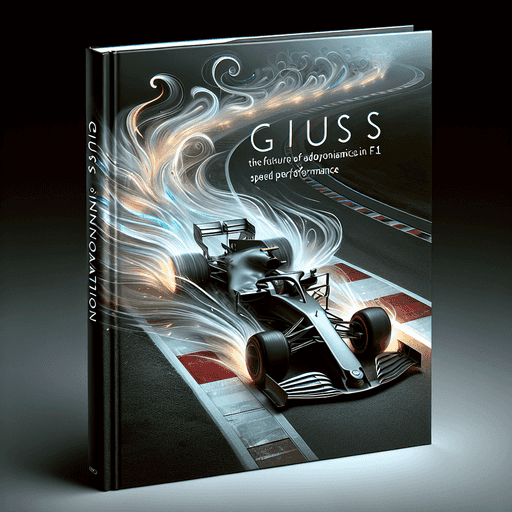In the thrilling arena of Formula 1, aerodynamics serves as a pivotal factor in dictating both speed potential and successful maneuvers like F1Overtake. As teams brace themselves for the next level of competition, innovative aerodynamic strategies are setting new milestones in this exhilarating sport.
Central to this progression is the steadfast objective to amplify F1Speed without compromising safety. The implementation of cutting-edge aerodynamic technologies has emerged as a defining element that determines the outcome of these high-stakes races.
One key component is the management of airflow, which directly impacts both velocity and stability. By meticulously optimizing how air interacts with the car, engineers can effectively increase downforce, ensuring the vehicles remain grounded even at dizzying speeds. This innovative shift doesn't merely aim for leadership; it seeks to redefine the core of Formula1.
Leveraging advanced Computational Fluid Dynamics (CFD) alongside wind tunnel testing, teams are exploring the bounds of engineering possibilities. These breakthroughs empower teams to develop designs that unite velocity with performance efficacy, ushering in a novel chapter of F1Tech. Discover more on this topic through in-depth insights on the slot gacor webpage.
The influence of these advancements is vividly observed during overtakes, where precision and control are crucial. Enthusiasts and engineers alike are eager to see how future seasons will harness these technological triumphs.
For a comprehensive dive into the aerial advancements shaping Formula 1's future, visit slot gacor for further expertise on this captivating sector of motorsport.
In summary, the horizon of F1 aerodynamics heralds a synergy where speed converges with technology-driven excellence, ensuring enthralling races abundant with strategic overtaking challenges.
